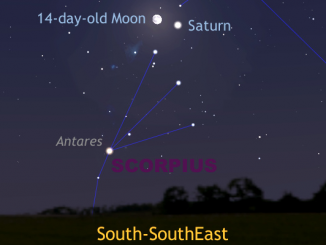
Month: May 2015

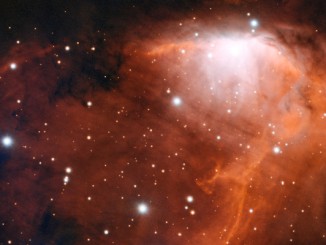
A bubbly cosmic celebration of star birth
In the brightest region of this glowing nebula called RCW 34, gas is heated dramatically by young stars and expands through the surrounding cooler gas, bursting outwards into the vacuum like the contents of an uncorked champagne bottle. But RCW 34 has more to offer than a few bubbles; there seem to have been multiple episodes of star formation within the same cloud.
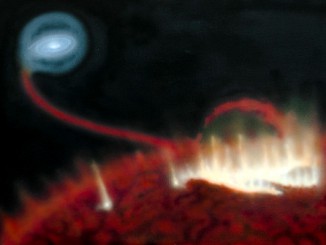
Sharp-eyed ALMA spots a flare on famous red giant star
Observations with the Atacama Large Millimetre/submillimetre Array (ALMA) have revealed what seems to be a gigantic flare on the surface of Mira, one of the closest and most famous red giant stars in the sky. Activity like this in red giants — similar to what we see in the Sun — comes as a surprise to astronomers.
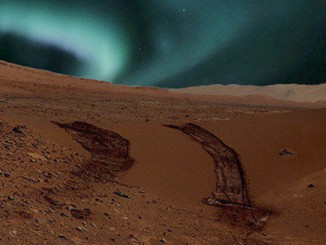
Blue aurorae in Mars’ sky visible to the naked eye
For the first time, an international team of scientists from NASA, the Institute of Planetology and Astrophysics of Grenoble (IPAG), the European Space Agency and Aalto University in Finland, have predicted that colourful, glowing aurorae can be seen by the naked eye on a terrestrial planet other than Earth — Mars.
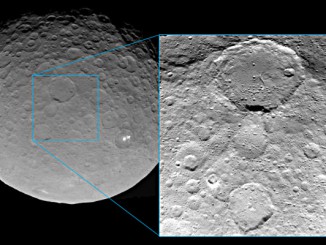
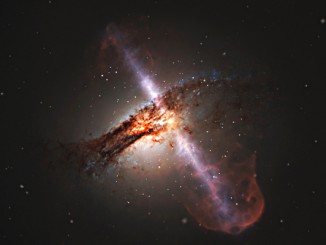

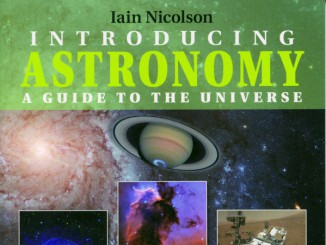
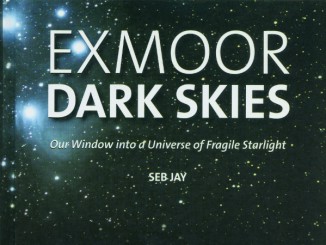
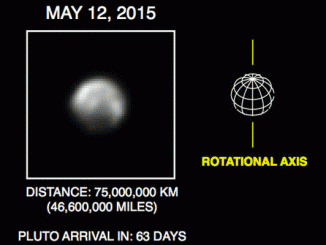
NASA’s New Horizons sees more detail as it draws closer to Pluto
What a difference 20 million miles makes! Images of Pluto from NASA’s New Horizons are growing in scale as the spacecraft approaches its mysterious target. The new images, taken May 8th-12th using a powerful telescopic camera and downlinked last week, reveal more detail about Pluto’s complex and high contrast surface.
